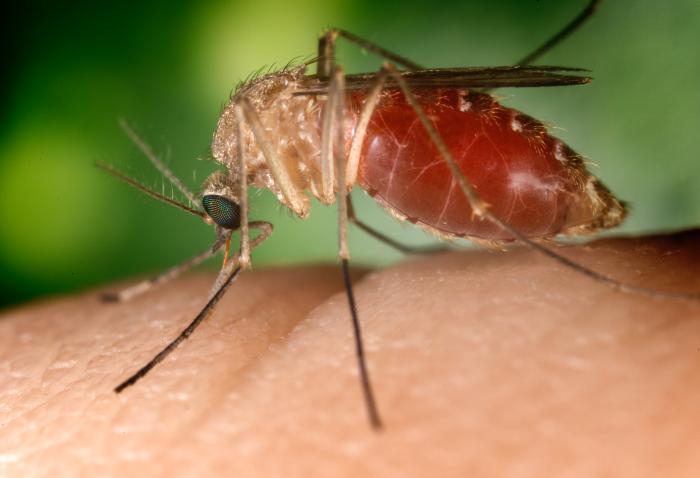The chemical receptor on the mosquito antenna for the insect repellent  DEET has been discovered by US scientists.
DEET has been discovered by US scientists.
DEET - N,N-diethyl-meta-toluamide - was first used over 60 years ago and remains the most effective repellant chemical for warding off biting insects.
But DEET resistance rates are rising, and both cost and practicability limit DEET use in many parts of the world, particularly where insect-borne diseases are most rife.
Frustratingly, scientists have previously not been able to pin down how DEET achieves its repellent actions, knowledge that would inform how to make the next generation of DEET-like molecules.
Now, writing in Nature, Pinky Kain and her colleagues at the University of California, Riverside have discovered the elusive receptor that registers DEET and triggers an aversive response in the insect nervous system.
Writing in Nature, the UC Riverside team used fruit flies in which the nerve cells had been engineered to produce a glowing green marker in response to nerve activity. They dabbed a 10% DEET solution into the antennae of the flies before looking in the nervous system for green cells, which had responded.
This led the team to identify a class of antenna chemical receptor called Ir40a, which was strongly and specifically activated by DEET exposure. Using genetic techniques to deactivate this receptor resulted in flies that were DEET-insensitive.
To find new DEET-like repellents the team then produced a computer modelling system which combed through thousands of chemical structures looking for molecules with similar shapes to DEET.
From a panel of over 3000 plant-derived compounds, hundreds of matches were produced.
The top four, including one called NN-dimethyl anthranilate, produced strong responses in Ir40a receptors in flies, and behavioural tests in flies and mosquitoes showed a repellency close to that of DEET.
This is just a proof of concept, but the discovery of the DEET receptor means that potent - but safe, cheap and convenient molecules - can now be rapidly screened and identified as candidate insect repellents.
- Previous Tiger genome tamed
- Next Jetlag-resistant mice










Comments
Add a comment